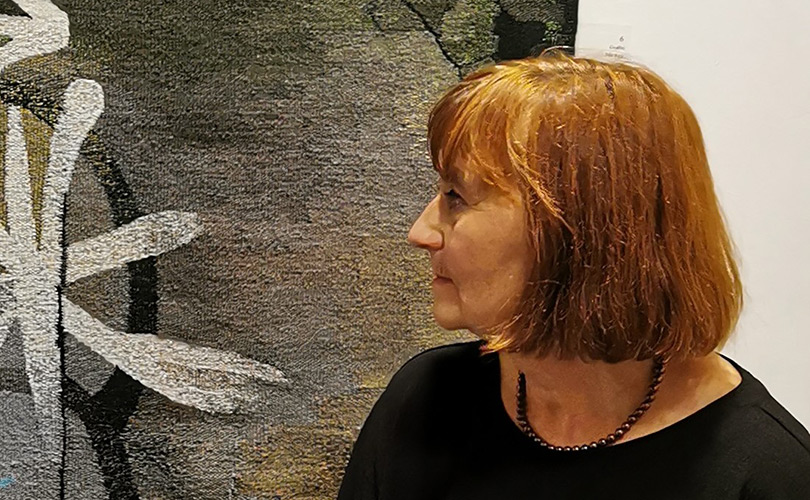
Sadly, this week we lost another artist, Lija Rage (1948 – 2025), who has worked with browngrotta arts for more than 10 years. Rage was a talented designer and fiber artist. Her creative life has spanned important periods in Latvian art.

While studying at the Art Academy of Latvia, from 1968 to 1976, Lija Rage worked as a costume designer. Rage graduated from the Textile Art Department of the Academy of Fine Arts in 1973. After working for the theatre for 15 years and realizing costumes and stage design for about 60 performances, Rage wanted to create individual works. Her artistic influences were many. “I am influenced by different cultures,” she wrote. “I plunge into them with the help of literature. I am particularly interested in ancient cultures — drawing on the walls of caves in different parts of world, Eastern culture with its mysterious magic, drawings of runes in Scandinavia, Tibet and the mandala, Egyptian pyramid drawings. World culture seems close and colorful to me due to its diversity.”
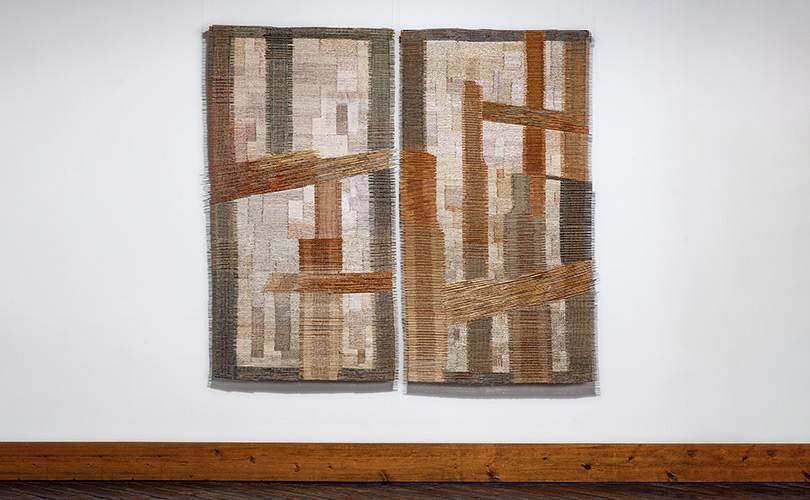
Nature played a role in determining Rage’s color palette. For her exhibition, Colours, at the prestigious Mark Rothko Museum, she wrote, “Green – the woods outside my window; blue – the endless variety of the sea; orange – the sun in a summer sky; brown, grey and black – fresh furrows and the road beneath the melting snow; red – the roses in our gardens. The colors in my work are drawn from the splendor of Latvian nature.” For her work Home, she turned to her immediate environs, “My home, which inspired this work,” she wrote, “is a fishing village with wooden houses and boats painted in the sun and the salty sea, their special gray.”

Throughout her creative life, Lija Rage found the dynamics of Latvia’s cultural environment and art centers were insufficient for the creative ambitions of her nation’s artists and the breadth of their creativity. As a solution, Rage actively participated in art events around the world, drawing inspiration from exhibitions held abroad. She regularly participated in Latvian, Baltic, and international competitions and exhibitions. Her work was featured in several exhibitions at browngrotta arts including, Allies for Art: Work from NATO-related Countries; Stimulus: art and its inception; art + identity: an international view, and Field Notes: an art survey. “I believe that modern world culture cannot be closed,” she said. “Each of us grows up from the culture we live in, through centuries, and are further subjected to other impacts and become interwoven with the world culture influences.”
Lija Rage received a number of awards including the Grand Prix of the Baltic Applied Arts Triennial in Tallinn, Estonia (1985), Special Award of the Korean Biennial (2007), the Valparaiso Foundation Grant (2009); the Nordic Culture Point Grant (2010); Excellence Award of the 7th International Fiber Art Biennial in China (2012); and the Excellence Award of the Applied Arts Biennial in China (2014). Rage’s work is held in museum and private collections in the USA, Australia, France, Japan, Russia, Latvia, Germany, and Sweden.
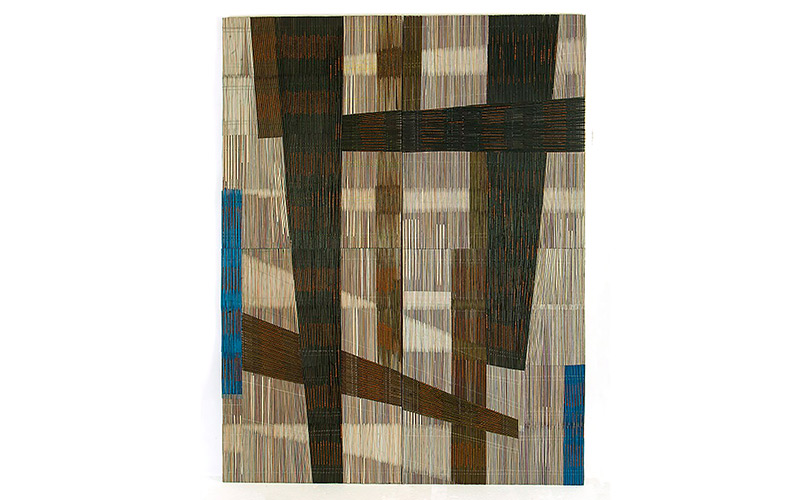
In a 2020 exhibition at the Zana Lipkes Memorial Museum, in Riga, Latvia, which memorializes a family that hid Jews during World War II, Rage received an Excellence award. She offered uplifting words on that occasion, a fitting memory: “With our works and our choices, we all leave traces and footprints. Human paths intersect, and the choices we make have consequences and affect others. To life! Spread goodness.”

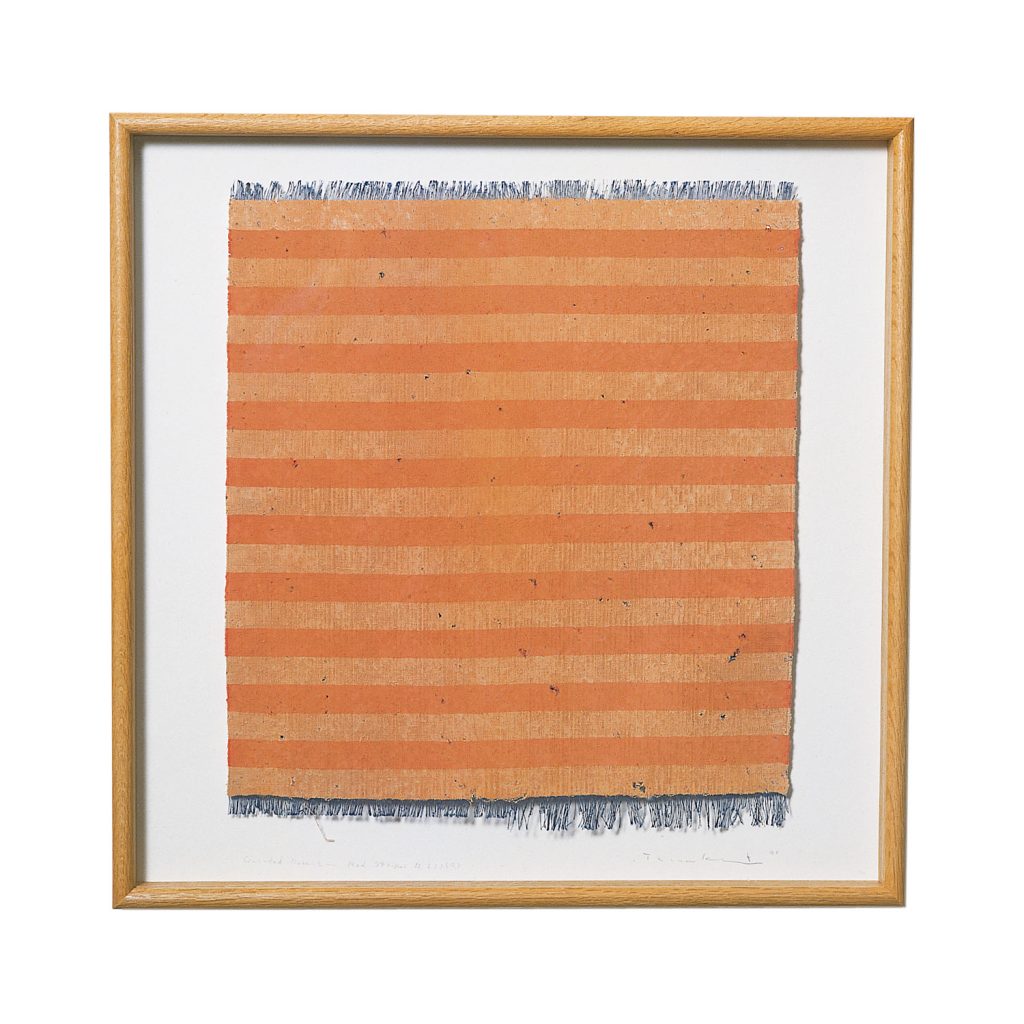
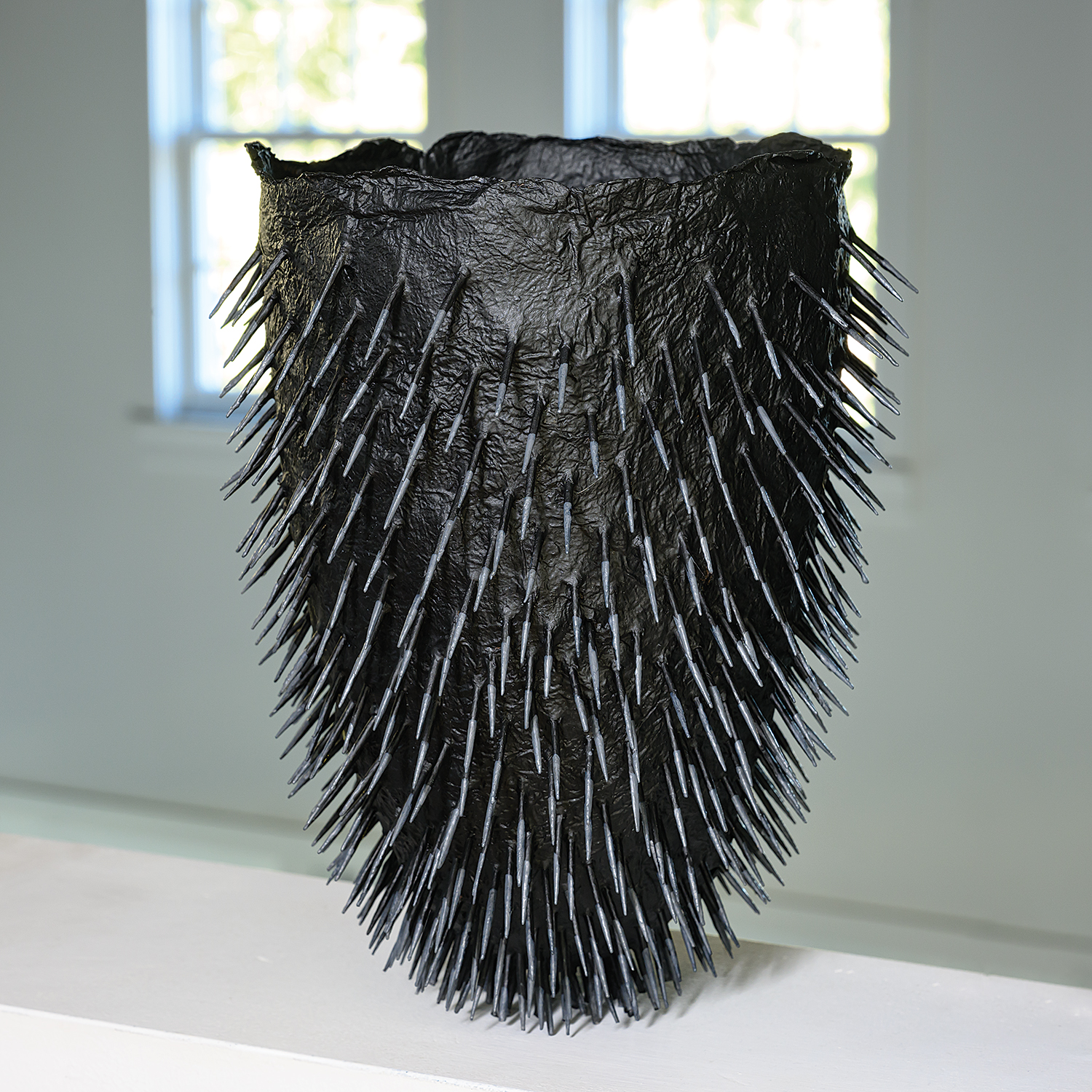


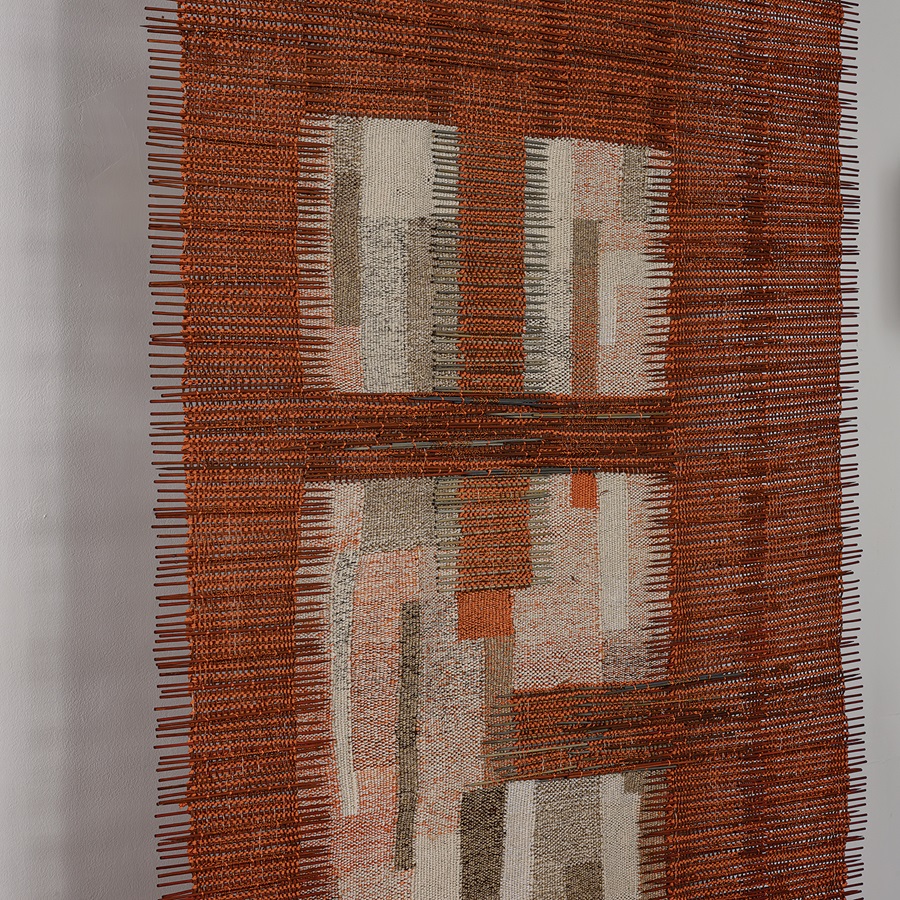
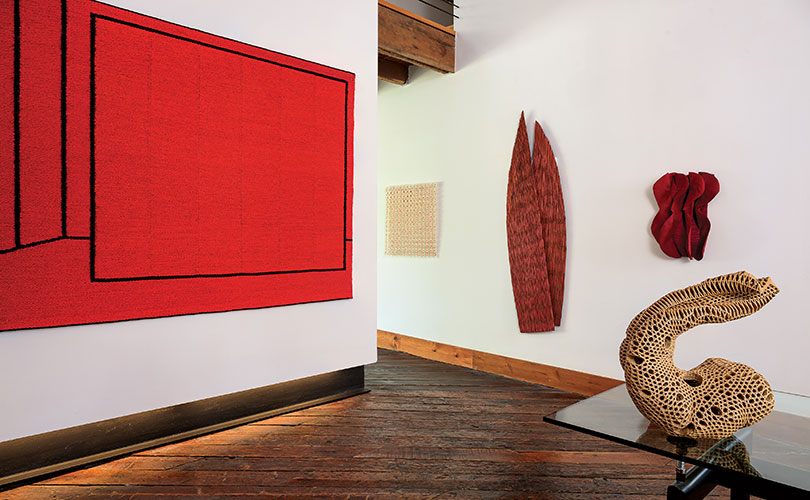

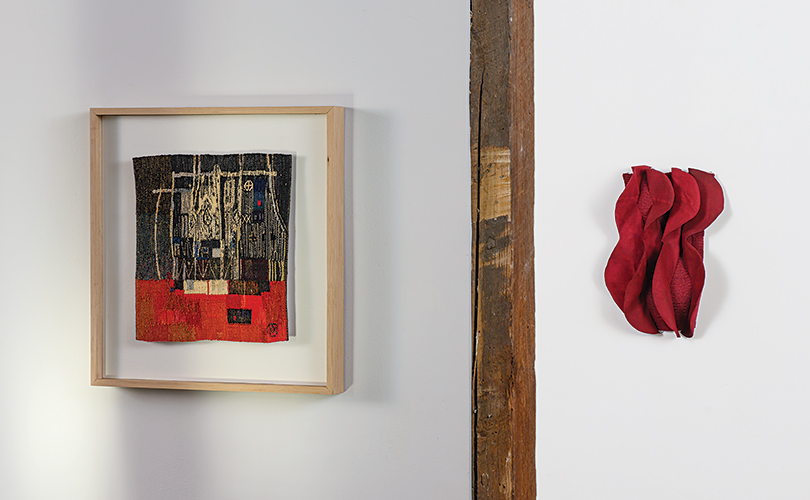



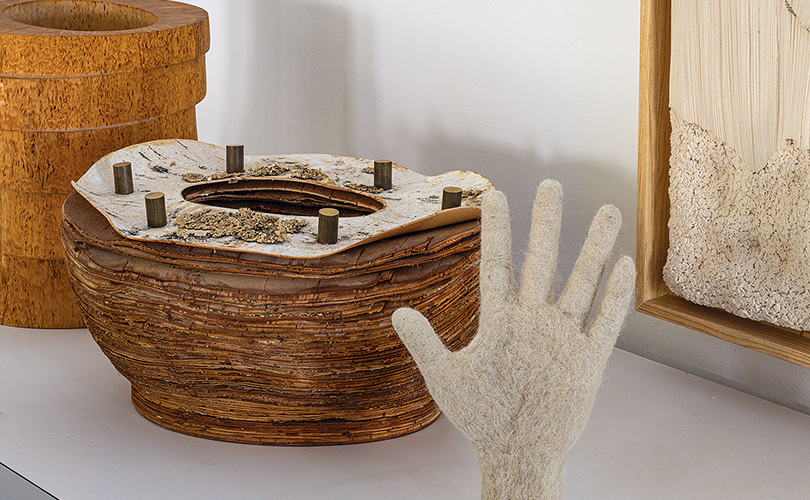
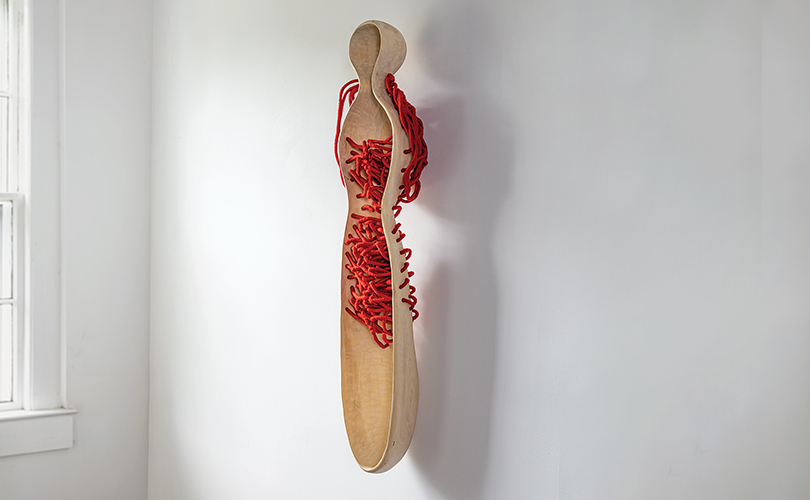

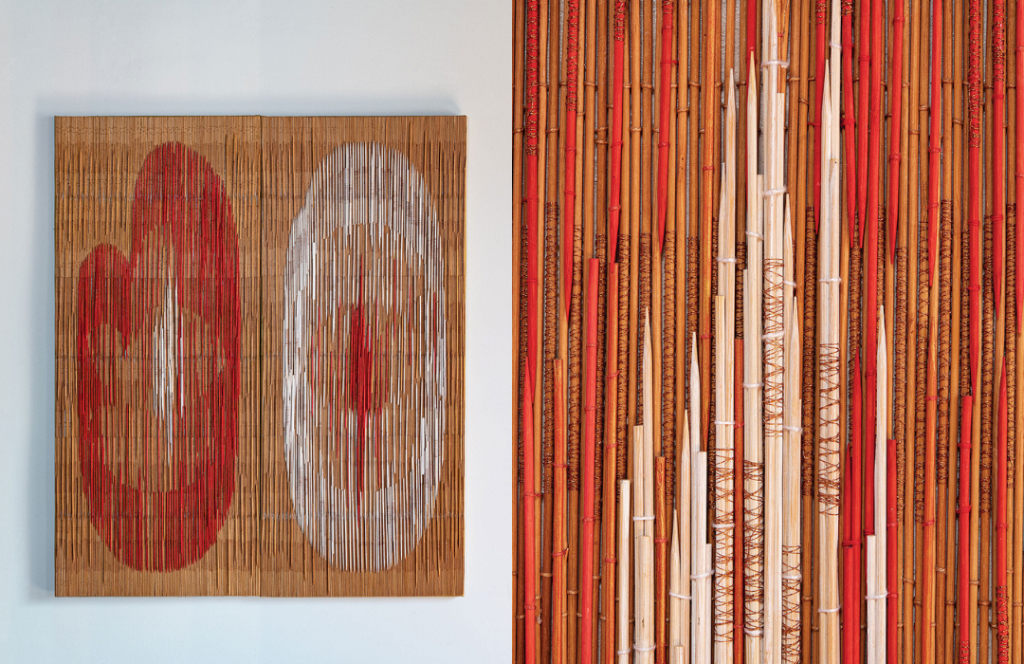
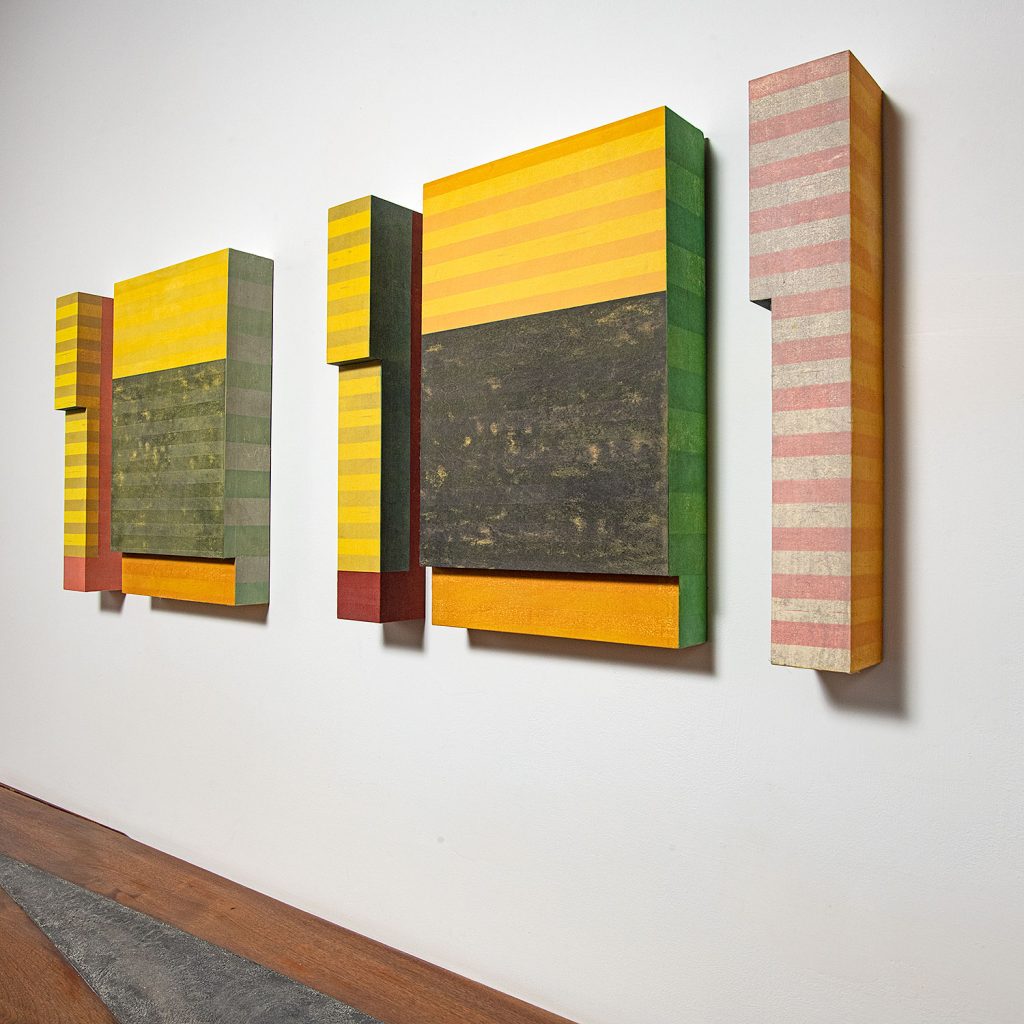
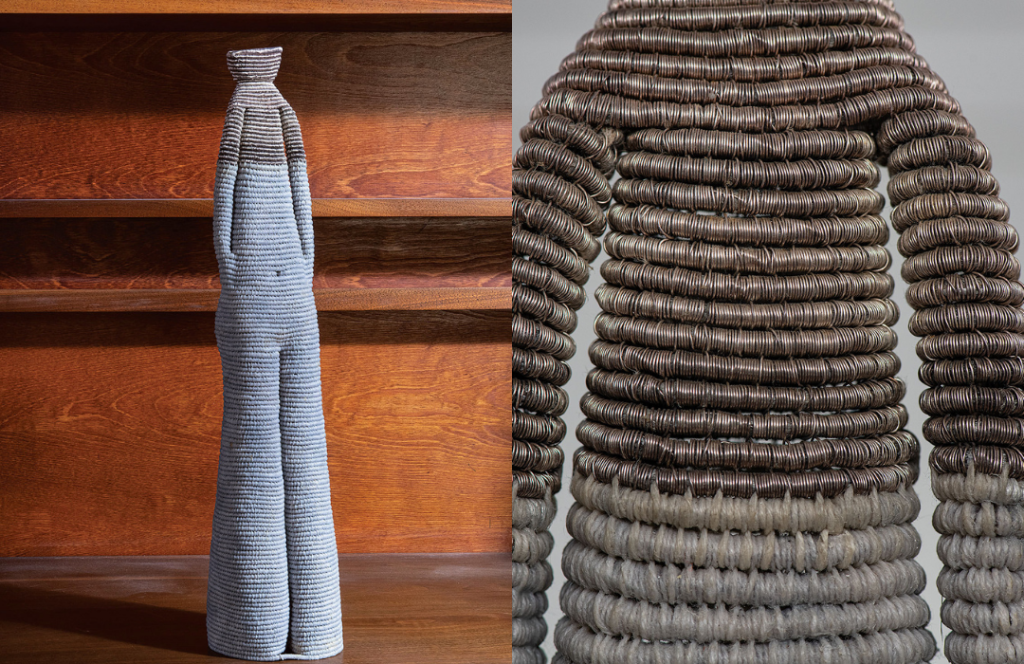
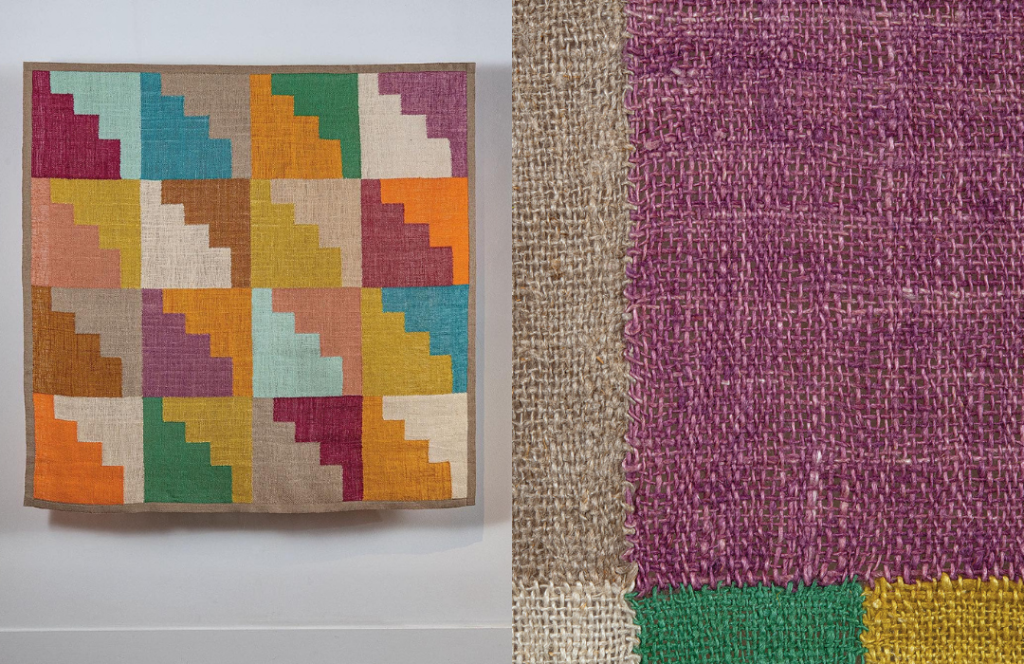


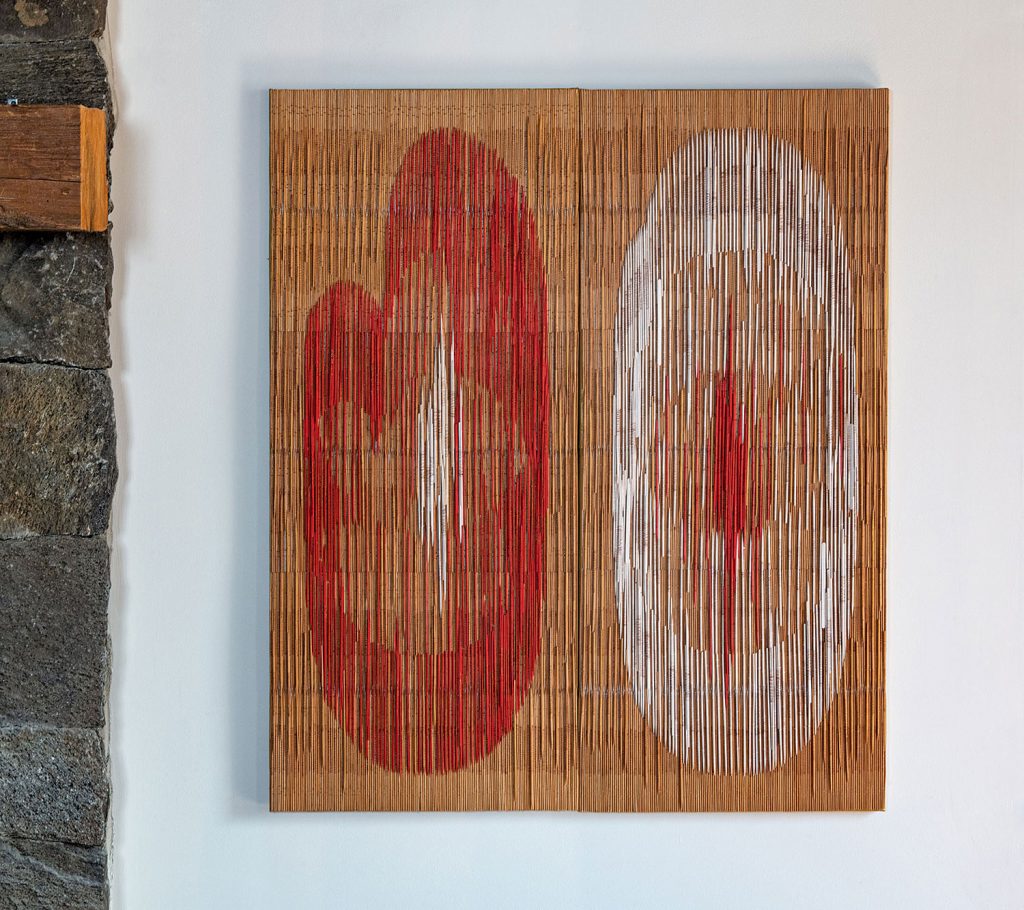
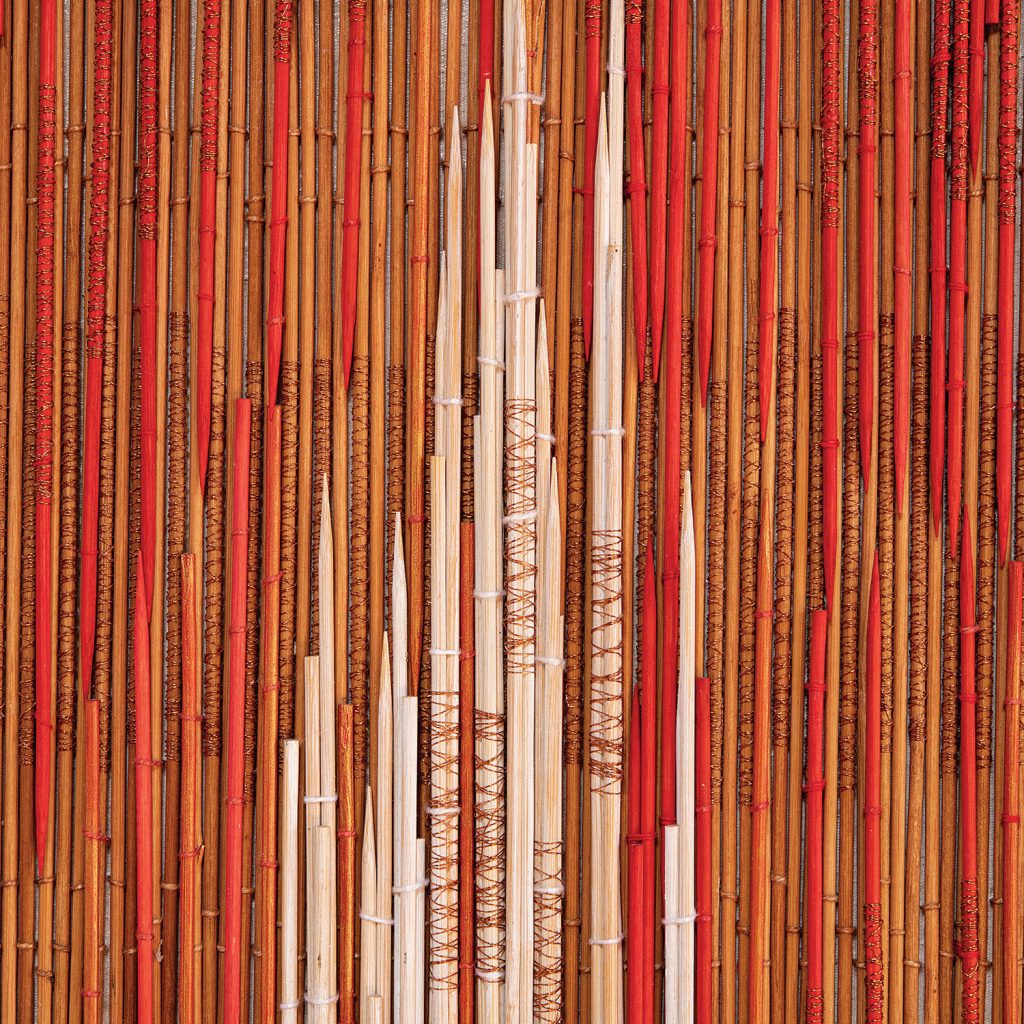
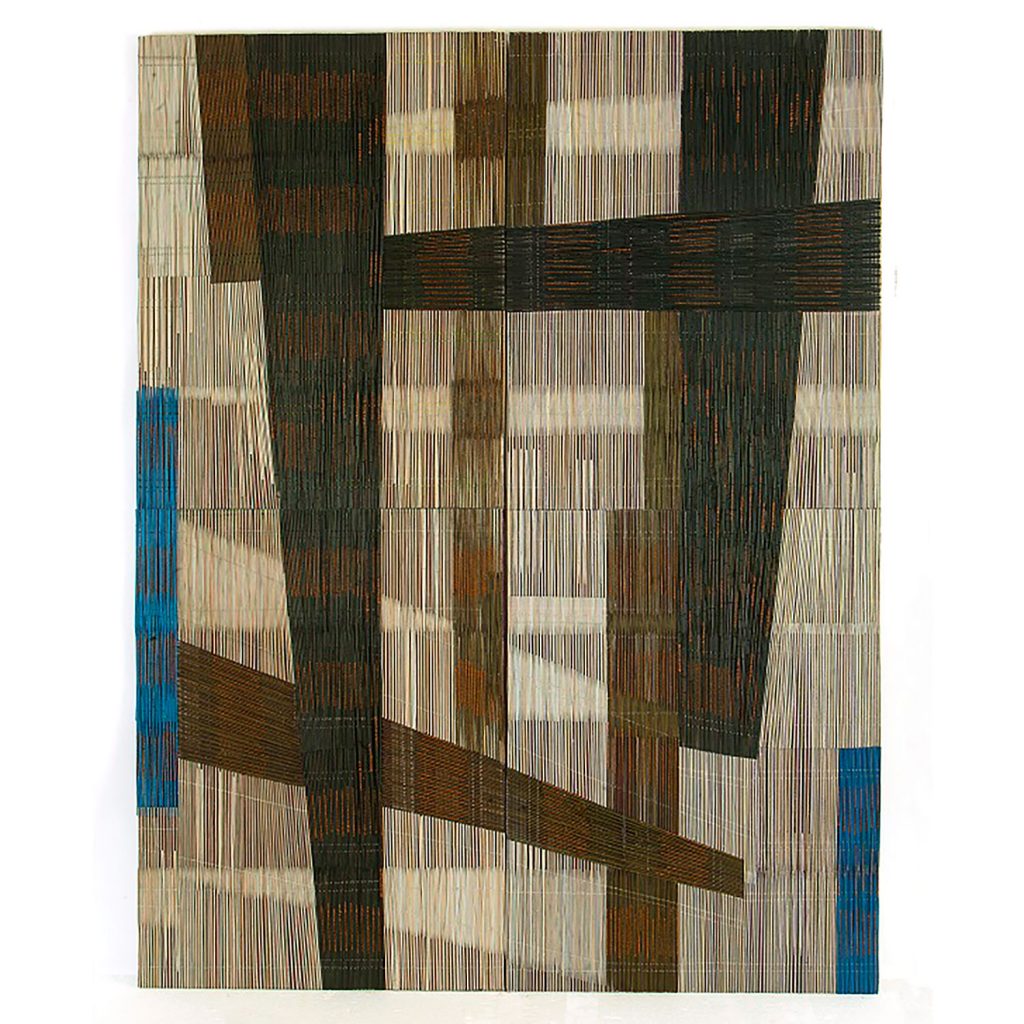
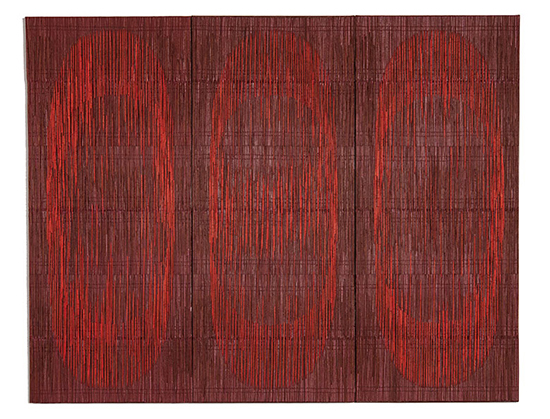
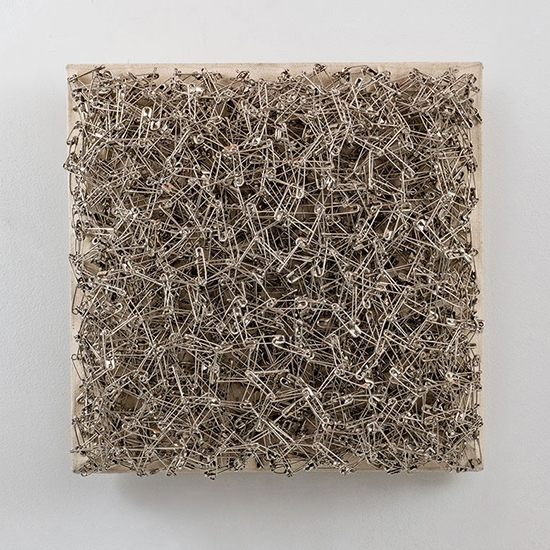
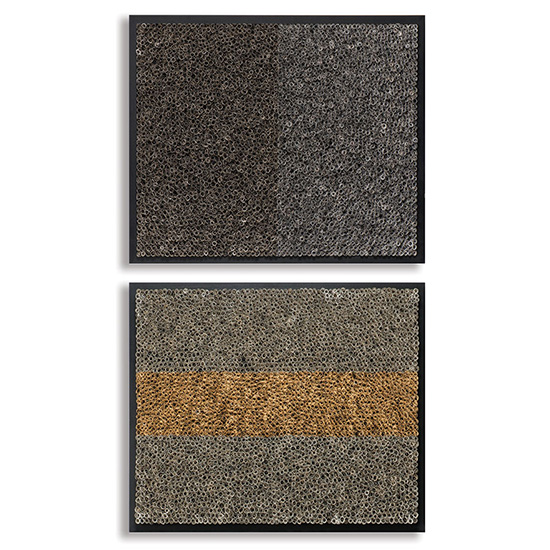

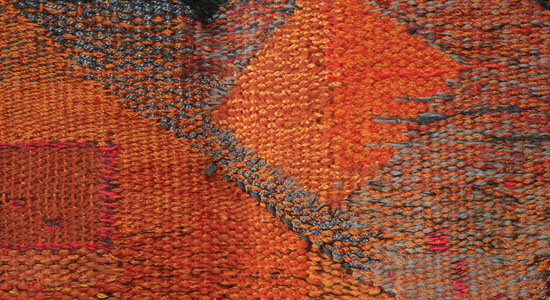
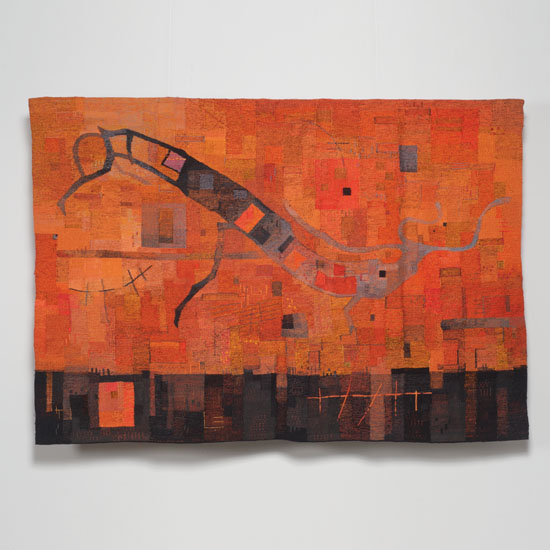
Books Make Great Gifts 2011: Artist Recommendations
This year we asked the artists we represent just one question:
What was the most enjoyed/most inspirational book you read this year?? Here are their wide-ranging replies:
The Absolutely True Diary of a Part-Time Indian by Sherman Alexie, illustrated by Ellen Forney (Little, Brown; National Book Award) . This is a semi-autobiographical novel by award-winning author, poet and film-maker, Sherman Alexie. Alexie has been named one of Granta’s Best Young American Novelists and has been lauded by The Boston Globe as “an important voice in American literature.” He is one of the most well-known and beloved literary writers of his generation, with works such as Reservation Blues and War Dances. He also wrote the screenplay for the film, Smoke Signals, based on a short story from his book, Lone Ranger and Tonto Fistfight in Heaven. In his novel, Alexie tells the heartbreaking, hilarious, and beautifully written story of a young Native American teen, Arnold, as he attempts to break free from the life he was destined to live. Arnold’s drawings illustrate the book.”
Sensual Relations by David Howes (University of Michigan) is Deborah Valoma’s recommendation.